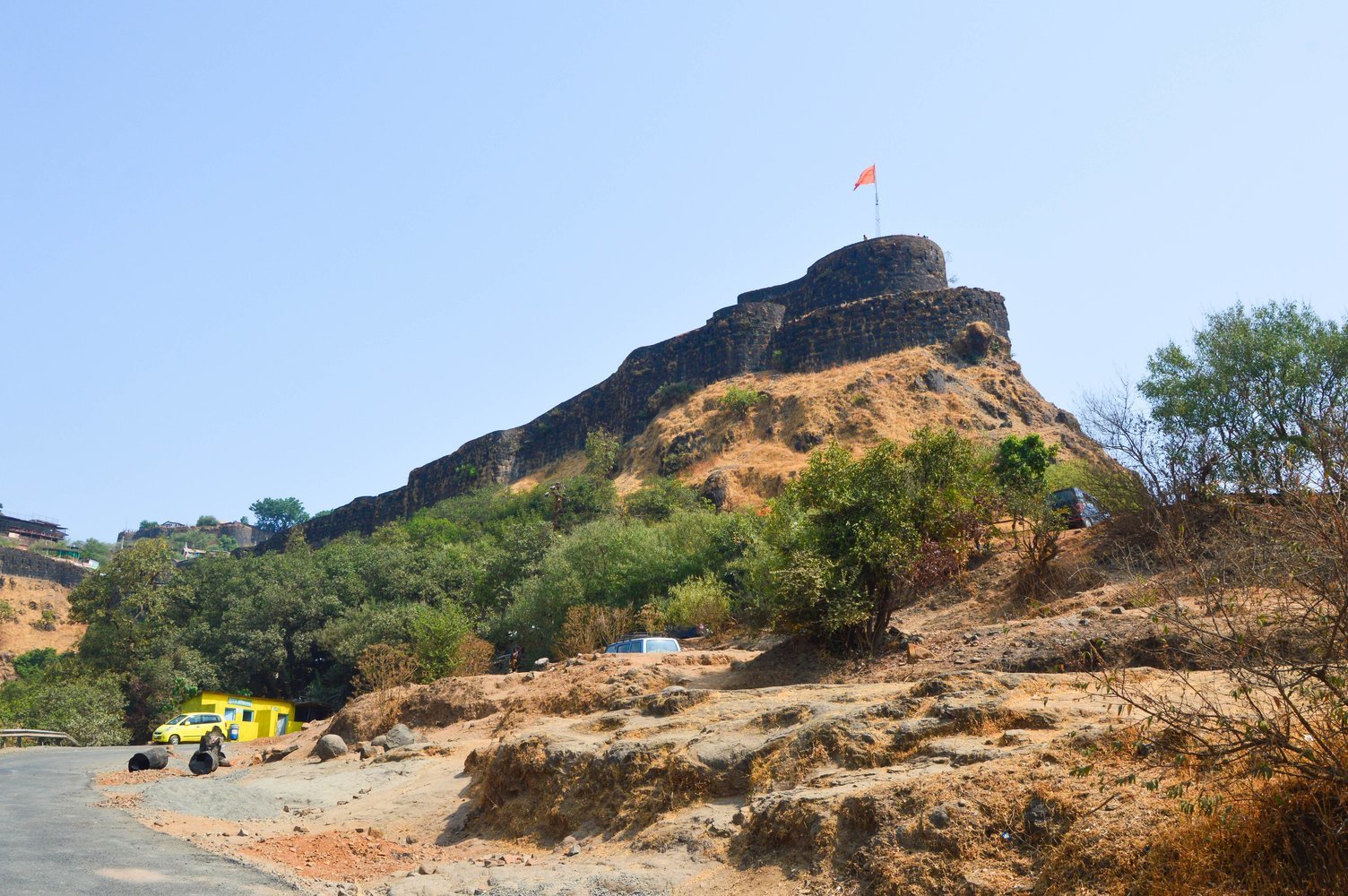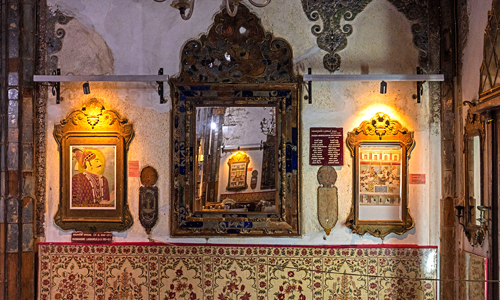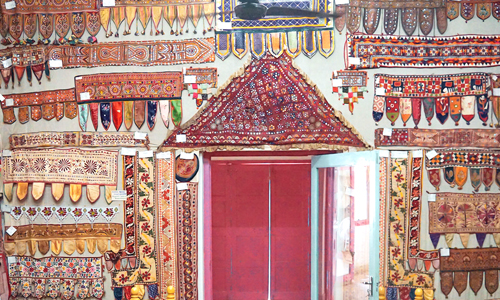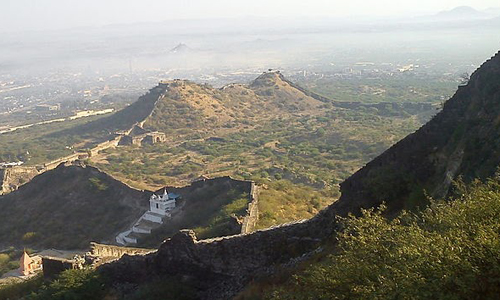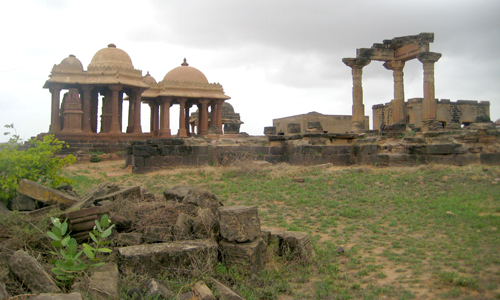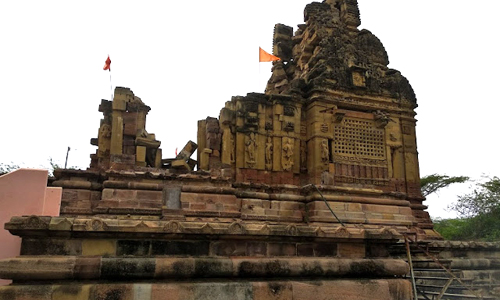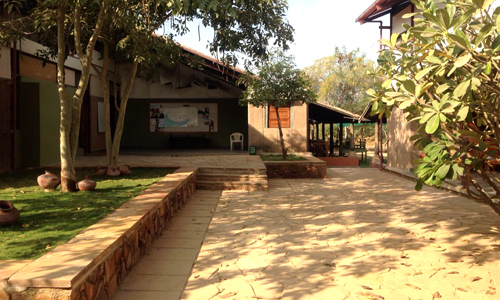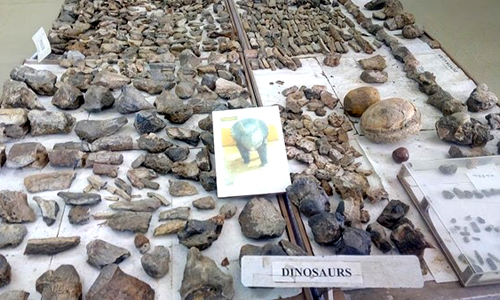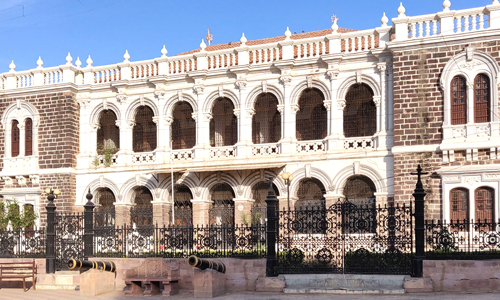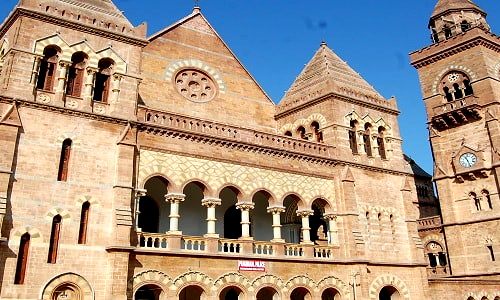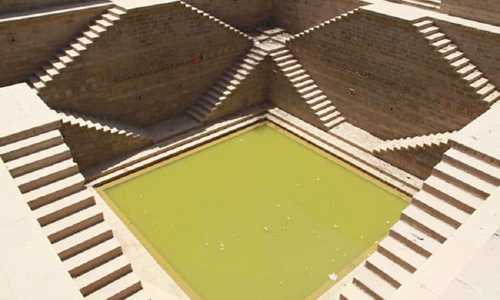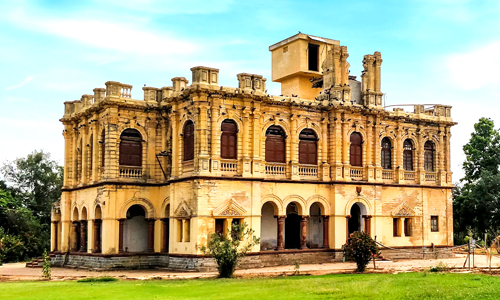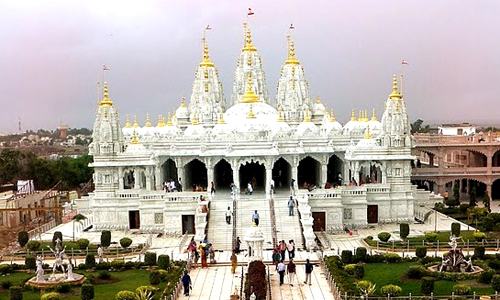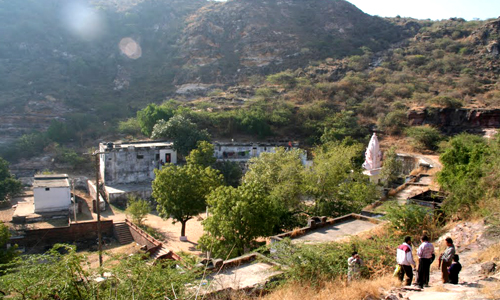The Living and Learning Design Centre (LLDC) is a textile museum in Ajrakhpur, near Bhuj, in the Kutch district of Gujarat. One of Bhuj's most prominent tourist attractions is located on the Bhuj-Bhachau route. The learning design centre is one of the best places to visit in Bhuj.
The primary goal of LLDC is to train, educate, and support craftspeople to practise their traditional crafts for contemporary markets, allowing them to earn a dignified and prosperous living. Shrujan's family presently includes almost 3,500 craftswomen.
The Crafts School represents the other main component of LLDC. Working spaces for all Kutch arts and crafts make it Kutch's single largest living and working craft environment. The design centre is a must-have place in the Bhuj tour package.
The crafts shops and museum shops are under the artisans in training. They learn how to market their trade properly and how to conserve what is necessary for the craft's survival. The residential enclave includes areas for community dining, recreation, and social events.
History of Living & Learning Design Centre
The Living and Learning Design Centre (LLDC) was founded by the Shrujan Trust in 2016. It is a multifunctional craft teaching and resource institution dedicated to the preservation and promotion of Kutch crafts.
Aside from the museum, the complex also includes a gallery, a library, three craft studios, and a café serving local cuisine. Shrujan visited Dhaneti village in Kutch in 1969 to assist with drought relief operations.
The design centre
The Living and Learning Design Centre is spread across an eight-acre property. It includes a Crafts Museum, a Crafts School, and residential enclaves. The museum has four galleries, including a temporary show section.
The principal gallery showcases the permanent collection of the 'Design Centre on Wheels' (DCOW) programme, which the NGO Shrujan runs in Bhujodi. The collection includes 1150 magnificent demonstration embroidered panels, which have been painstakingly documented over time.
The other galleries showcase traditional artefacts that emphasise the textile arts associated with everyday life among Kutch's indigenous people. There is also a library with visual and textual resources, an educational auditorium and a conference room. It also has classrooms for artisans and public orientation and information kiosks located outside the galleries.


